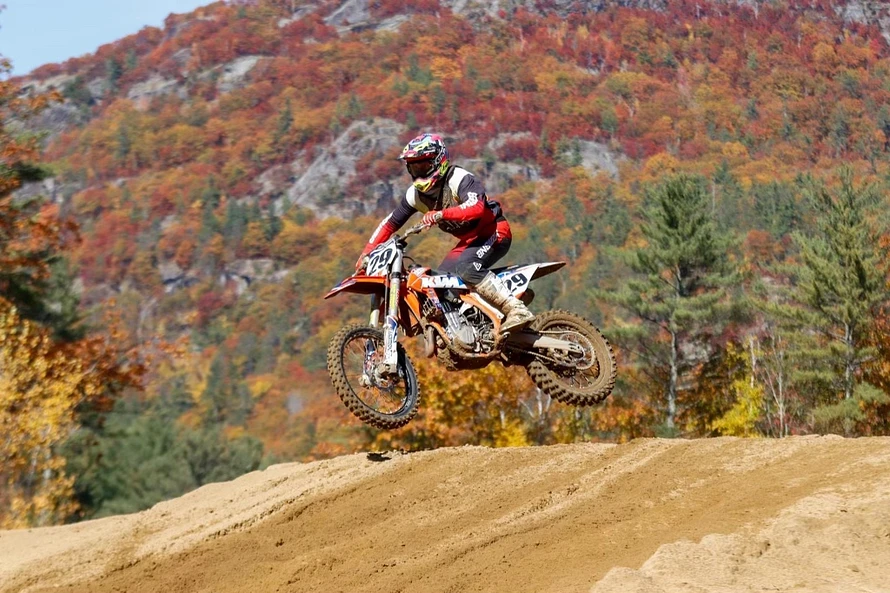Advanced Motocross Bike Mechanics: Tuning for Optimal Performance
For advanced motocross riders, understanding and fine-tuning the mechanics of their bike is as crucial as their riding skills. This post will explore the intricate aspects of motocross bike mechanics that can significantly impact performance on the track.
Suspension Tuning: The Art of Balance
Suspension setup is a critical factor in motocross, affecting handling, comfort, and speed. Advanced riders must know how to adjust their suspension to match their riding style and the track conditions.
- Compression and Rebound Damping: Adjusting the compression and rebound settings on your forks and shock can drastically change how the bike feels and performs. Fine-tuning these settings can improve traction, reduce fatigue, and enhance control over bumps and jumps.
- Spring Rates and Preload: Selecting the right spring rate for your weight and riding style, combined with the correct preload setting, ensures the bike maintains optimal ground contact and balance.
Engine Tuning and Performance
Maximizing engine performance is vital for competitive motocross riding. Advanced tuning can lead to better throttle response, increased power, and improved overall performance.
- Exhaust and Intake Systems: Upgrading to high-performance exhaust and intake systems can significantly increase airflow, improving engine efficiency and power output.
- Ignition and Mapping: Customizing the ignition timing and fuel mapping for your engine can optimize its performance, especially when tailored to specific track conditions and riding styles.
Tire Selection and Pressure
Tires are the only point of contact between the bike and the ground, making their selection and maintenance critical for peak performance.
- Tire Choice: Depending on the track conditions (such as soft, intermediate, or hard terrain), selecting the appropriate tire type can provide better traction, control, and durability.
- Tire Pressure: Fine-tuning tire pressure can affect the bike’s handling characteristics. A slight adjustment can lead to significant changes in grip and feedback from the terrain.
Drive Train Optimization
The drive train’s efficiency directly impacts the bike’s responsiveness and speed. Advanced riders should regularly inspect and fine-tune these components.
- Chain and Sprockets: Maintaining the correct chain tension and ensuring sprockets are in good condition can prevent power loss and mechanical failures. Experimenting with different sprocket sizes can also alter the bike’s acceleration and top speed characteristics.
- Clutch Adjustments: The clutch is a critical control element in motocross, used for more than just changing gears. Adjusting the clutch’s engagement point and stiffness can provide better control over the bike’s power delivery, especially during starts and tight corners.
Regular Maintenance and Diagnostics
To ensure consistent performance, advanced riders must maintain a strict maintenance schedule and regularly perform diagnostic checks.
- Pre- and Post-Ride Inspections: Thoroughly inspecting the bike before and after rides can prevent small issues from becoming major problems.
- Data Logging and Analysis: Using data logging tools to record and analyze performance can help identify areas for mechanical improvement and ensure the bike is operating at peak efficiency.
Understanding and optimizing the mechanics of a motocross bike can lead to significant performance gains on the track. Advanced riders who invest time in tuning their bikes not only gain a competitive edge but also develop a deeper connection with their machines, leading to better overall racing experiences.
